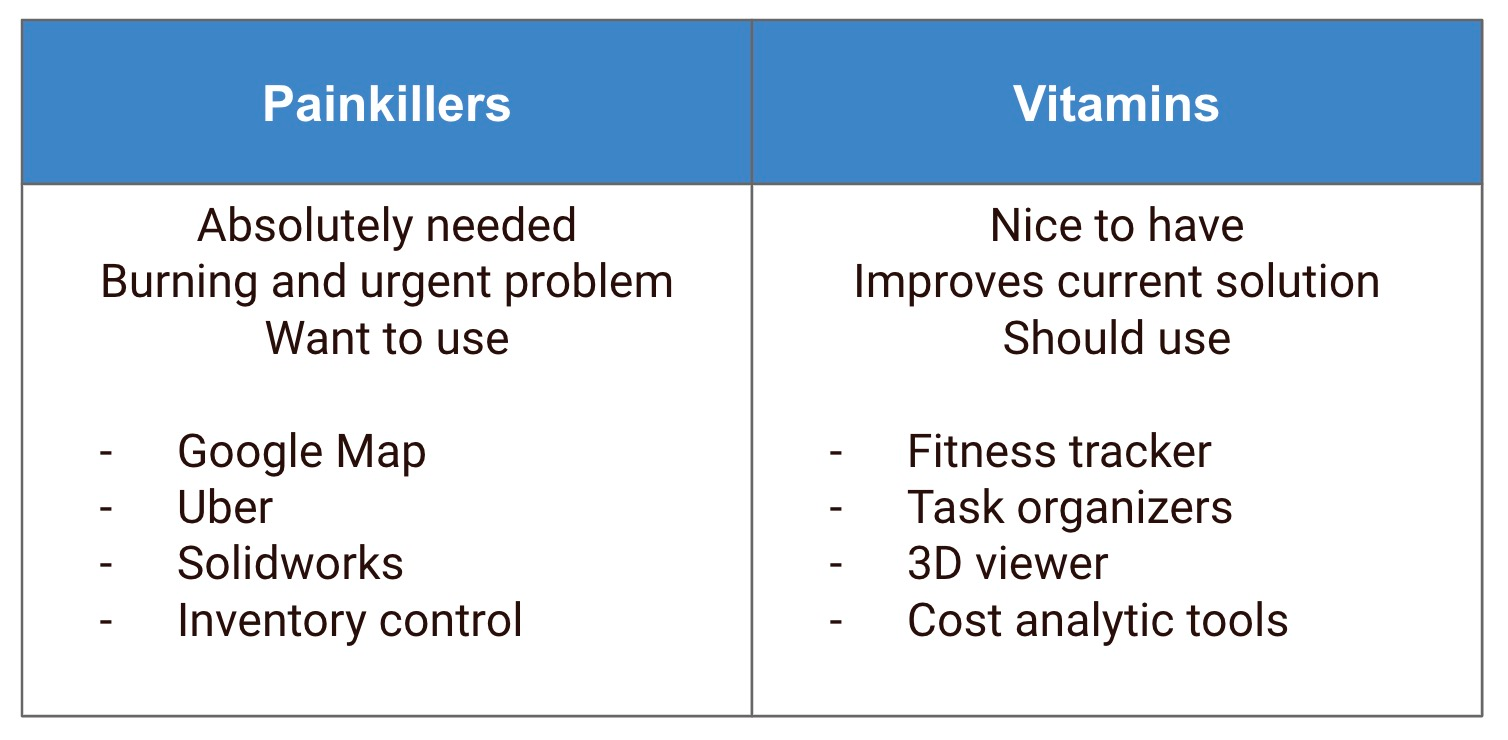
The discussion about engineers preferring to use spreadsheets, while PLM function is always introducing some sort of governance and business processes that conflicts with engineering freedom and ease of use made me think about how balance individual and organizational value in PLM development. While no one will argue that companies are run using processes, requires mechanisms to organize business operations, process automation, project management, it is not an unusual reaction you can hear from engineers the reaction – “we didn’t ask for PLM, export to Excel is what we need”.
What PLM companies are missing here is the need to sell it differently – focus on quality control, business goals and the value of digital transformation. Let’s talk about it today and also about your PLM companies can sell process to engineers.
Selling processes, particularly to engineers, is a unique challenge that demands a strategic approach distinct from selling individual products. While engineers are accustomed to tangible outcomes like 3D models in CAD software, convincing them of the value of a process, such as a release process in a Product Lifecycle Management (PLM) system, can be daunting.
In this blog, I will explore the nuances of selling processes to engineers, highlighting the differences between individual and organizational sales and offering key strategies for success.
Individual vs Organizational Sales:
Traditionally, the sales landscape has differentiated between individual sales, like those of CAD software, and organizational sales, such as ERP systems. However, the evolution of Product Data Management (PDM) blurred this boundary by expanding into organizational sales while retaining its roots in individual sales to engineers. Unfortunately, many attempts to sell PLM systems have faltered because companies approached organizations solely from an engineering perspective, neglecting the broader organizational context. Even in small engineering firms, the sales process is inherently organizational, necessitating a shift in mindset towards enterprise sales strategies.
Painkillers vs Vitamins:
In selling to individuals, the distinction between “must-have” (painkillers) and “nice-to-have” (vitamins) products is clear. There are many articles about this topic and it is widely debated. I captured the table, which summarizes the idea of solutions and application belonging to one or another group.

While tangible painkiller solutions like 3D models, managing inventories and raw materials are relatively easy to sell, abstract concepts such as process improvement and revision traceability can be more challenging to convey. it is easy to sell an app to automate the repetitive tasks or eliminating a human error. Opposite, selling a process like a release process in PLM requires demonstrating its ability to address pain points and deliver tangible benefits akin to a painkiller. What also set them apart is the target audience (individuals vs organizations).
Changes are Hard
The process to change from one behavior to another is not a simple “click to switch”. Dealing with users requires understanding of what is their environment, what they like and dislike, what can move them forward and what can hold them back.
When approaching users, I always recommend to understand four factors – (1) push, (2) anxiety, (3) allegiance and (4) pull. These four group of factors that will help you either to win or lose from offering a new solution with a switching behavior. it is easy to sell things that cause reduce costs or save time. A solution to find latest revision of something are easy, change process involving multiple stakeholders are much harder to sell (talk about it in the next paragraph).
Here is an example of analysis I was using when selling an OpenBOM solution for engineering teams working with Excel.

Selling to Individuals vs Enterprises:
What makes everything even more complex is a different between selling to individual users to organizations. To sell CAD package was mostly an individual goal. But fundamentally selling a “process” solution is different. Individual sales focuses on individual performance and well designed user interface. It is true that selling modern CAD system to an organization is also kind of “enterprise” deal. Modern CAD systems are fully integrated with PDM function and touches many aspects of process improvement.
Selling to organizations introduces a multitude of stakeholders, each with their own priorities and concerns. This complexity demands a comprehensive understanding of the organization’s needs and a value proposition that aligns with diverse interests. The sales process often involves piloting the solution and conducting reviews to ensure alignment with organizational objectives.
In other words, the number of charts I suggested above will be multiplied by the number or roles and also, it will introduce the need to satisfy different users.
Process Focus on Different Roles:
A successful PLM implementation requires a nuanced understanding of how different roles within the organization interact with the system. Analyzing triggers for behavior change and addressing the specific needs of various stakeholders are critical aspects of the sales process. This involves demonstrating how the proposed process enhancements will streamline workflows and improve efficiency for different teams.
Starting with User Experience:
Prioritizing user experience is paramount in selling processes to engineers. Regardless of organizational scope, the solution must resonate with end-users—the engineers who will interact with it daily. As Steve Jobs famously said, “You’ve got to start with the customer experience and work back toward the technology, not the other way around.” This approach ensures that the solution is intuitive and seamlessly integrates into existing workflows, fostering user adoption and driving success.
The main point, I want to make here is about how to think about individual user experience and, at the same time, to project it to the broad value for the organization. Excel (or any kind of spreadsheets) are coming from the point of pleasing end users with simplicity, ease of access, low entry cost and no need to deal with IT and organizational decisions to bring enterprise software to solve the problem. At the same time, individuals might not recognize the organizational damage of not organize information, absence of processes, lack of traceability and IP loss.
What is my conclusion?
Selling PLM solutions to organizations requires a holistic approach that balances technical capabilities with user-centric design and organizational alignment. By addressing pain points, understanding organizational dynamics, and prioritizing user experience, companies can position themselves for success in selling processes to engineers. The strategies outlined above provide a framework for analyzing solutions and tailoring sales strategies to meet the unique needs of engineering organizations. Ultimately, by recognizing the importance of engineering user experience and navigating change forces effectively, companies can drive successful PLM implementations and unlock their full potential. Just my thoughts…
Best, Oleg
Disclaimer: I’m co-founder and CEO of OpenBOM developing a digital-thread platform with cloud-native PDM & PLM capabilities to manage product data lifecycle and connect manufacturers, construction companies, and their supply chain networks. My opinion can be unintentionally biased.











